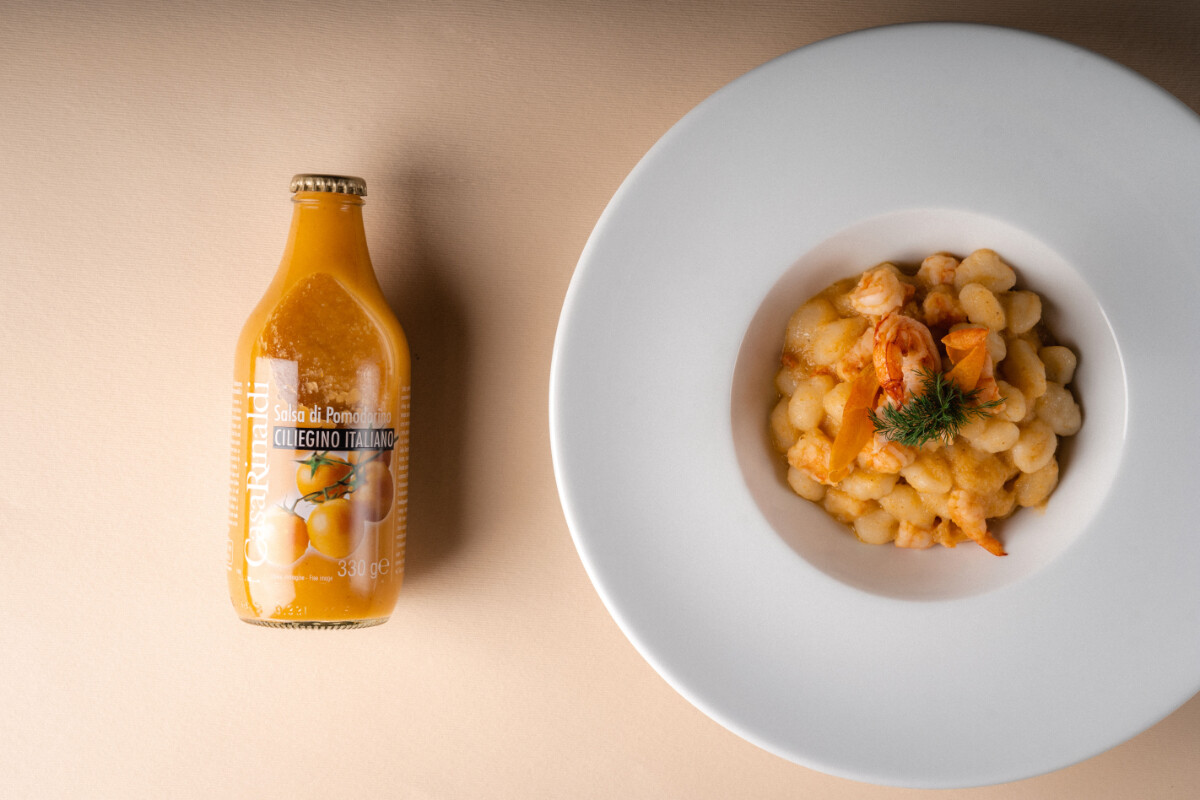Gnocchi, those delightful little pillows of dough, have captured the hearts and taste buds of food lovers around the world. Originating from Italy, this versatile dish has been embraced by various cultures, each adding their own unique twist. Join us as we delve into the origins of gnocchi and explore its different interpretations around the globe, showcasing the universal love for this comforting and delicious food.

The Origins of Gnocchi
The origins of gnocchi date back to Roman times, where they were made from a simple dough of flour and water. Over the centuries, the recipe evolved, incorporating ingredients like eggs, potatoes, and cheese. The introduction of the potato to Europe in the 16th century led to the creation of the potato-based gnocchi that we are familiar with today. Each region in Italy has its own version, reflecting local tastes and traditions, making gnocchi a quintessential part of Italian cuisine.
The traditional Italian gnocchi are made from potatoes, flour, and eggs, and are usually served with a variety of sauces, from a rich tomato basil to a creamy gorgonzola. The key to perfect gnocchi lies in achieving a light, fluffy texture that melts in your mouth.

Try out our personal favorite version of Italian gnocchi with a fresh and tasty Casa Rinaldi Pesto.
Argentinian Ñoquis del 29
In Argentina, gnocchi, or ñoquis, are more than just a dish, they’re a tradition. Enjoyed on the 29th of each month, this custom is believed to bring good luck and prosperity. Argentinian ñoquis are often paired with a hearty meat sauce, making them a satisfying and rich meal that contrasts with the simpler Italian versions. The robust flavors of the meat sauce elevate the humble potato dumplings, making them a beloved comfort food.
French parisienne gnocchi
French cuisine offers its own version of gnocchi, known as Parisian gnocchi. Made with pâte à choux (choux pastry dough) rather than potatoes, these gnocchi are light and airy. Typically baked with a creamy cheese sauce, Parisian gnocchi bring a decadent and sophisticated twist to the table, showcasing the French flair for rich, indulgent dishes. The use of choux pastry dough creates a completely different texture and flavor profile compared to the classic Italian potato gnocchi.
Polish Kopytka
Poland’s version of gnocchi, known as Kopytka, are similar in texture but are often paired with different flavors. These dumplings are typically served with sautéed onions, bacon, and a dollop of sour cream, making them a hearty and flavorful dish. The combination of crispy bacon and creamy sour cream adds a depth of flavor that is distinct from the lighter sauces used in Italian recipes, offering a more rustic and hearty dining experience.
Japanese sweet gnocchi
In Japan, gnocchi are often made with kabocha (Japanese pumpkin), giving them a unique sweetness and vibrant color. These gnocchi are typically served with a soy-based sauce and garnished with green onions and sesame seeds, providing a delightful blend of sweet and savory flavors. This version is a refreshing departure from the traditional potato gnocchi, offering a taste that is both familiar and exotic, with a focus on fresh, seasonal ingredients.
Gnocchi’s universal appeal lies in its adaptability and comforting nature. Each culture’s twist on this classic dish highlights their culinary heritage and showcases the versatility of gnocchi. Why not try these international interpretations and experience the global love for gnocchi in your own kitchen? For more mouth-watering recipes visit our recipe section, and don’t forget to try Casa Rinaldi’s authentic Italian gnocchi.